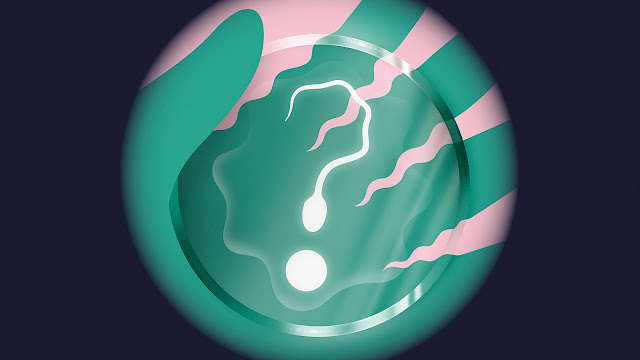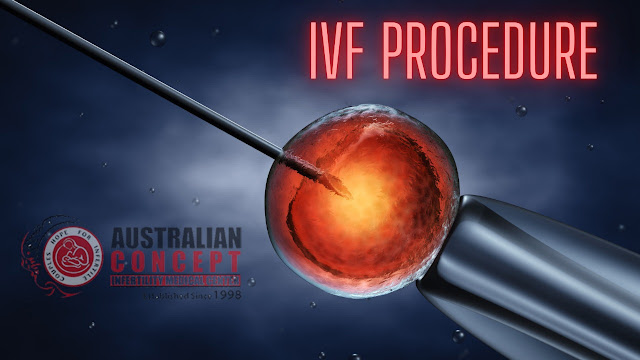Male Infertility (PESE / TESE)
With the advent of new technology, new methods of treatments have been evolved. The infertile men who were previously not capable of becoming fathers can now be treated using the latest treatment methods. The capacity to prepare eggs by specifically infusing sperm into an egg (Intra-cytoplasmic sperm infusion) implies that not many sperms are expected to accomplish an effective pregnancy. Sperm is delivered in the gonad and transported to the penis where liquid from the prostate joins with the sperm to create semen.
There are several techniques to cure male infertility. However, it depends on various factors that which techniques Is best for any particular conditions.
These procedures can be utilized as a first-line approach for sperm gathering. The advantages of this methodology are that they are moderately effortless and don't require a cut in the scrotum or a general soporific. The dangers of the method incorporate harm to the epididymis and not having the capacity to acquire adequate sperm. In the event that these systems fall flat, sperm might be discovered utilizing further developed strategies.
PESA (Percutaneous Epididymal Sperm Extraction)
PESA and TESA are comparable systems where a needle is utilized to separate sperm from the gonad or epididymis. The epididymis is an organ that lives behind the gonad and where the sperm is developed and build up the capacity to move. The epididymis can be amplified after a vasectomy or in different conditions where there is a blockage. Both of these techniques can frequently be performed with just gentle sedation. A needle is embedded into the gonad or epididymis and an endeavour is made to gather sperm. The sample gathered is promptly inspected under a magnifying instrument to search for sperm. These sperm can be utilized promptly to prepare an egg or can be solidified for use at a later time.MESA (Microscopic Epididymal Sperm Extraction)
MESA is a strategy for gathering sperm that includes utilizing a careful magnifying lens to open the little cylinders inside the epididymis to search for sperm. This strategy functions admirably in conditions where sperm are being delivered in satisfactory numbers, however, are obstructed from heading out from the gonad to the discharge. Instances of such conditions incorporate an earlier vasectomy, earlier hernia fix with work, blockage of the fundamental vesicles, cystic fibrosis, and immotile cilia disorder. This is the favoured methodology when collecting sperm after a vasectomy.A working magnifying instrument and exceptional abilities are important to recognize the cylinders well on the way to contain sperm and the examples are quickly analyzed to search for sperm. Sperm gathered from the epididymis is commonly viewed as preferable quality over sperm reaped specifically from the gonad since they have had more opportunity to develop.
TESE or small scale TESE (performed with a magnifying lens) requires general or spinal anaesthesia and an entry point on the scrotum to access the gonads. Contingent upon the hidden restorative condition, the gonad is either etched in a few areas to reap sperm or totally opened to uncover the majority of the sperm-creating cells. A few samples are taken and quickly inspected for the nearness of sperm. Any sperm found can be utilized quickly to prepare an egg or they can be solidified for later use. The gonad is then fixed and put again into the scrotum. The gonad is commonly ready to work regularly after the technique and keep on creating testosterone. This strategy has been fruitful in discovering sperm is numerous conditions thought to result in fruitlessness, for example, Klinefelter's disorder and intrinsic nonappearance of the vas deferens.
On the off chance that there is a high level of vulnerability about whether sperm will be discovered, a couple experiencing TESE will regularly be advised to have the system performed before eggs are collected or to have a giver sperm test as a back-up.
If the couple still fails to conceive, they should visit an infertility specialist and discuss their options of assisted reproductive techniques like IUI (Intra Uterine Insemination), IVF(In Vitro Fertilization), and ICSI (Intra Cytoplasmic Sperm Injection). Furthermore, if the cause is mainly male infertility due to no sperm in the ejaculate or due to low sperm count then the options of testicular sperm retrieval should be considered, where the sperms are aspirated or extracted from the testes and used in assisted reproductive techniques to fertilize an egg.
Australian Concept Infertility Medical Centre first IVF Clinic was established in March 1998 in Karachi. In fact, this was the first time in the IVF history of Pakistan that Consultants, Embryologists and Nursing staff were flown overseas to acquire state of the art and the most advanced hands-on assisted reproductive training and quality assurance techniques. ACIMC is proudly Pakistan’s 1st ISO 9001:2015 Certified IVF Clinic with the largest presences having clinics in all major cities of Pakistan.
This system requires general or spinal analgesia and includes an entry point in the scrotum to access one of the two gonads. The sperm collected can be utilized quickly or solidified for use at a later time. In situations where no sperm are discovered, it is important to glimpse inside the gonad for feasible sperm, a method called TESE or testicular sperm extraction.
TESE (Testicular Sperm Extraction)
TESE is fundamentally the same as the MESA methodology. In a TESE, the tissue is taken straightforwardly from the gonad and analyzed for the nearness of sperm. This system is extremely fruitful in instances of obstructive azoospermia where there is blockage of the cylinders in charge of transporting sperm from the gonad to the discharge. Be that as it may, TESE can likewise be exceptionally valuable in patients with non-obstructive azoospermia too. There are a few hereditary, disease-related and hormonal conditions that lead to low dimensions of sperm generation that can be revealed through a medical procedure.Australian Concept Infertility Medical Centre first IVF Clinic was established in March 1998 in Karachi. In fact, this was the first time in the IVF history of Pakistan that Consultants, Embryologists and Nursing staff were flown overseas to acquire state of the art and the most advanced hands-on assisted reproductive training and quality assurance techniques. ACIMC is proudly Pakistan’s 1st ISO 9001:2015 Certified IVF Clinic with the largest presences having clinics in all major cities of Pakistan.







Comments
Post a Comment